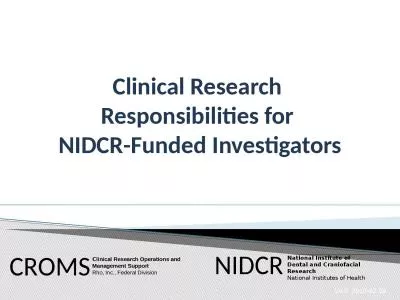PPT-Institutional Responsibilities
Author : agentfor | Published Date : 2020-06-17
HEPHY CMS Management Meeting June 20 2013 June 20 2013 HEPHY Vienna 2 Personnel June 2013 Three groups Analysis Trigger Tracker Staff 13 physicists 4
Presentation Embed Code
Download Presentation
Download Presentation The PPT/PDF document "Institutional Responsibilities" is the property of its rightful owner. Permission is granted to download and print the materials on this website for personal, non-commercial use only, and to display it on your personal computer provided you do not modify the materials and that you retain all copyright notices contained in the materials. By downloading content from our website, you accept the terms of this agreement.
Institutional Responsibilities: Transcript
Download Rules Of Document
"Institutional Responsibilities"The content belongs to its owner. You may download and print it for personal use, without modification, and keep all copyright notices. By downloading, you agree to these terms.
Related Documents














